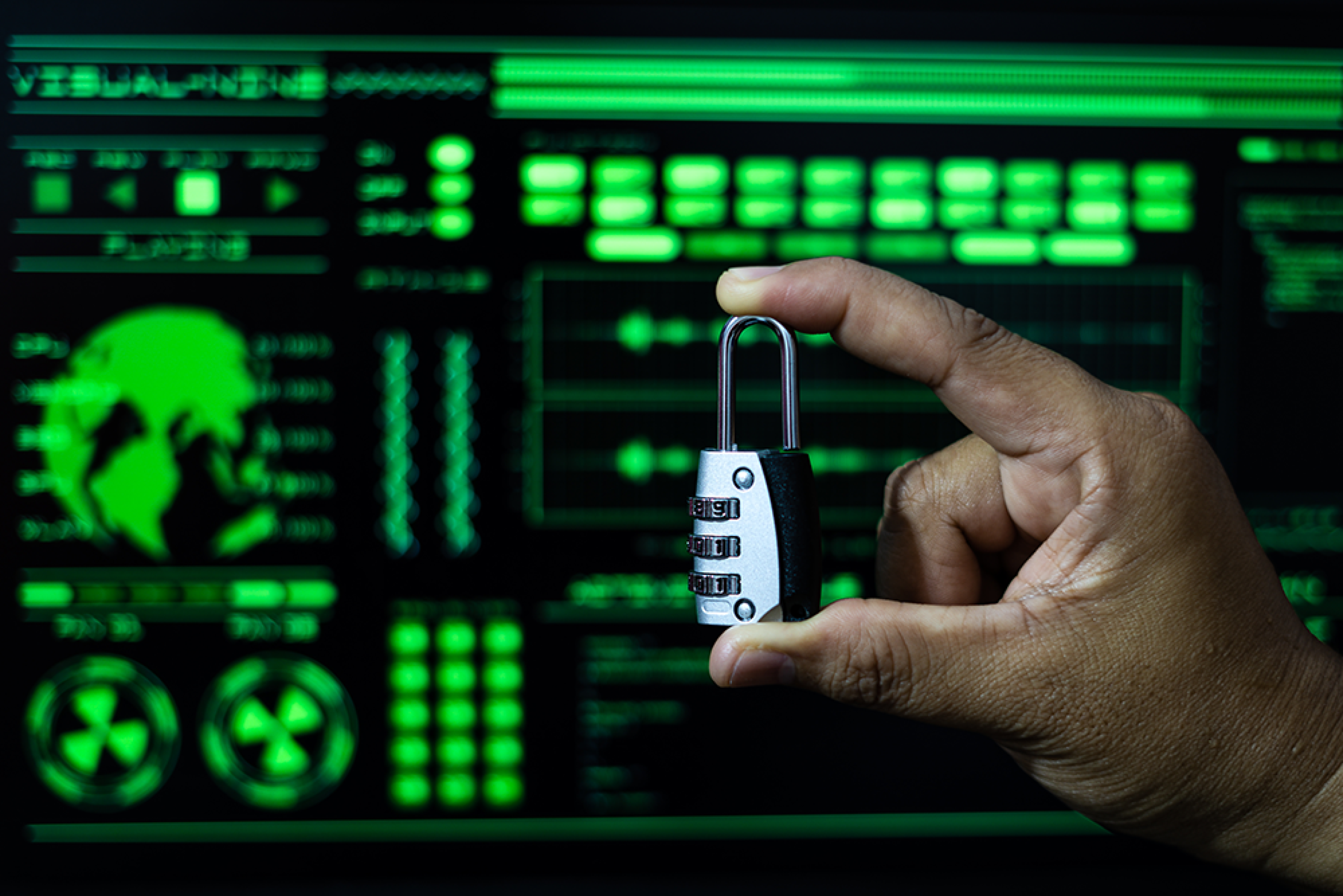What is encryption?
26th February 2025
In 2023 the Home Office released a statement on the crucial role encryption plays in “protecting personal data, privacy, intellectual property, trade secrets and cyber security.”*
In our blog about ransomware we briefly talked about encryption – but how can it be a force for good?
Encryption converts data into a coded format to prevent unauthorised access. Using algorithms, it changes data that you can understand into an unreadable cipher. Only those with the decryption key can then translate the data back into plaintext.
There are three elements of encryption – each work slightly differently:
1. Symmetric Encryption: this uses the same key for both encryption and decryption. This makes the process fast and suitable for large amounts of data, but raises security concerns as that one key needs to be kept secure.
2. Asymmetric Encryption: instead of using one key, this process uses two. There is a public key for encryption that is shared by everyone, but the decryption key is kept privately by recipients. While this process is slower than symmetric encryption, it is safer.
3. Hashing: like encryption, hashing is used to process data and to keep it private.
It does this differently though – by converting the data into a fixed-sized string of characters, it creates a hash value. This can then be compared with a newly generated hash value from the same data.
In doing this, it can verify the integrity of the data, ensuring that it hasn’t been tampered with. It is fast and efficient, but unlike encryption, the data cannot be recovered from the hash value.
Encryption is a vital part of cyber security, and you would come across it in all aspects of your IT, from emails to online payments or in data storage. For more details please contact us HERE.
YouTube: https://youtu.be/RxFjU6zgoog
